Ceiling Fan Blades
₹936.00 Original price was: ₹936.00.₹780.00Current price is: ₹780.00.
Introduction to Ceiling Fan Blades
Ceiling fan blades are an essential aspect of ceiling fans that play a critical role in their performance and aesthetic appeal. These blades are designed to provide optimal airflow, enabling effective cooling during warm weather while also facilitating warmth during cooler months when reversed. The design and construction of the blades can significantly influence the overall efficiency of the ceiling fan, making it imperative for consumers to understand their various characteristics and available options.
There are several types of ceiling fan blades, each tailored for specific applications and stylistic preferences. Broadly, blades can be categorized into wooden, plastic, and metal options. Wooden blades are often favored for their elegance and natural appearance, making them a popular choice for traditional and rustic decors. Plastic blades tend to be lightweight and easy to clean, while metal blades often boast a sleek and modern look, appealing to contemporary interiors. Understanding these types helps customers make informed decisions based on their desired functionality and aesthetic requirements.
When selecting ceiling fan blades, several factors warrant consideration, including blade size, pitch, and material. The blade size affects the air circulation rate; larger blades can move more air but require adequate space to function effectively. The pitch, or angle of the blade, also plays a crucial role, as a higher pitch typically results in enhanced airflow. Furthermore, the material of the blade impacts durability and maintenance, with certain materials requiring more upkeep than others. By taking into account these various elements, one can ensure that the chosen ceiling fan blades not only complement their space but also optimize the fan’s performance.
Types of Ceiling Fan Blades
Ceiling fan blades come in various types, each designed to serve specific purposes and improve functionality. Understanding these types can aid in selecting the right ceiling fan for your space and enhancing overall comfort. The most common types include standard blades, angled blades, and specially designed blades tailored for unique fans.
Standard blades are typically flat and horizontal, making them the most common choice for residential ceiling fans. These blades usually range from 50 to 60 inches in length and offer sufficient air movement for average-sized rooms. Their straightforward design allows them to fit well in diverse interior styles, providing both aesthetic appeal and efficient airflow.
In contrast, angled blades are crafted to work effectively in rooms with sloped ceilings. These blades are positioned at an angle to the fan motor, enabling optimal air circulation despite the incline of the ceiling. The often sleek and modern design of angled blades adds a contemporary touch while ensuring that the fan operates efficiently in challenging installations. Such fans typically require precise installation to maintain performance.
Finally, some ceiling fans feature specially designed blades that cater to specific needs or aesthetics. Examples include blades intended for outdoor use, which are constructed from weather-resistant materials to withstand elements such as rain and humidity. There are also unique blades designed to complement themed or decorative fans, allowing for personalized styling and distinctive looks that suit a variety of settings.
Whether opting for standard, angled, or specially designed blades, understanding the available types is crucial for selecting a ceiling fan that effectively meets your needs. Proper recognition of the various types ensures better performance, durability, and aesthetic integration within your home environment.
Materials Used in Ceiling Fan Blades
Ceiling fan blades are manufactured from a variety of materials, each offering distinct advantages and disadvantages that can influence performance, durability, and aesthetic appeal. The most common materials used in ceiling fan blades include wood, plastic, and metal, each with its own unique characteristics.
Wood blades are often favored for their natural beauty and the warmth they bring to a space. They are available in various finishes and can match a wide array of decors. Wood is typically sturdy, providing good airflow and stability; however, it is heavier than other materials, which may require more powerful motors to operate efficiently. Additionally, wooden blades can be susceptible to warping and damage due to moisture and humidity, potentially affecting their longevity.
Plastic blades present a more lightweight and affordable option for ceiling fans. They are generally resistant to moisture and do not warp, making them suitable for various environments, including kitchens and bathrooms. Plastic blades are available in numerous colors and styles, offering versatility that allows consumers to find a perfect match for their interior design. However, they may not deliver the same level of aesthetic appeal or airflow efficiency as wood or metal blades.
Metal blades are the choice for those seeking durability and modern design. They are sturdy, often provide optimum airflow, and are immune to warping and decay. Metal blades, however, can be noisier than their wooden or plastic counterparts, which may be a consideration in bedrooms or quiet areas. Furthermore, while they are available in sleek, contemporary finishes, they may not blend seamlessly with all traditional décor.
Ultimately, the choice of material for ceiling fan blades plays a crucial role in the fan’s performance, maintenance requirements, and visual impact, making it essential to consider these factors when selecting the ideal ceiling fan for your space.
Maintenance and Care for Ceiling Fan Blades
Maintaining ceiling fan blades is essential for optimal performance and longevity. Over time, dust and dirt accumulate on the blades, which can diminish the fan’s efficiency and impact air circulation. Regular maintenance not only enhances the aesthetics of the fan but also ensures that it operates effectively, providing the intended comfort and cooling effect.
One of the best practices for keeping ceiling fan blades in good condition is to clean them regularly. Ideally, blades should be dusted once a week, particularly in homes with pets or high levels of dust. A microfiber cloth or a duster is recommended for this task, as these tools effectively capture and hold onto dust particles without scattering them into the air. To perform a more thorough cleaning, it is advisable to turn off the fan and use a damp cloth with a mild soap solution. Care should be taken to avoid getting water into the motor or electronic components.
The frequency of deep cleaning can vary depending on the environment in which the ceiling fan is located. In general, if the fan is used frequently or is situated in a room with higher dust levels, a deep cleaning should be performed every month. Conversely, in less dusty areas, cleaning every few months may suffice. Additionally, during seasonal changes, when fans are switching from heating to cooling modes or vice versa, a thorough inspection and cleaning are recommended to address any buildup that may have occurred while the fan was in storage.
Overall, proper care and maintenance of ceiling fan blades not only enhance their functionality but also prolong their lifespan, allowing them to continue providing a comfortable atmosphere with optimal energy efficiency.
Choosing the Right Ceiling Fan Blades for Your Space
Selecting the appropriate ceiling fan blades is a critical aspect of ensuring optimal performance and aesthetic appeal in any room. Factors such as room size, ceiling height, personal style preferences, and airflow requirements play a significant role in making an informed choice. Understanding these elements can help homeowners strike the right balance between functionality and design.
Firstly, the size of the room is paramount in determining the length of the ceiling fan blades. Larger rooms typically benefit from longer blades, which move greater volumes of air. Conversely, smaller spaces may require shorter blades to ensure effective airflow without overwhelming the area. A common guideline is to choose blades that vary in diameter depending on the dimensions of the room; for instance, a ceiling fan with a blade span of 44 inches is often ideal for spaces measuring up to 144 square feet.
Ceiling height is another crucial consideration. In rooms with high ceilings, longer blades can enhance airflow and create a more substantial cooling effect. Conversely, in lower-ceilinged areas, compact blades ensure safety and maintain a comfortable atmosphere. Generally, it is recommended to install ceiling fans so that blades are positioned at least 7 feet above the floor for optimal performance and safety.
Furthermore, personal style preferences greatly influence the choice of ceiling fan blades. Homeowners should consider their overall interior decor when selecting blade colors, styles, and materials. Contemporary designs often feature modern materials such as glass or metal, while traditional spaces might benefit from wooden blades that provide warmth and character.
Finally, evaluating the airflow requirements of a space is essential; a fan with a higher CFM (cubic feet per minute) rating is more effective in circulating air. This will ultimately lead to enhanced comfort and energy efficiency.
In conclusion, selecting the right ceiling fan blades involves careful consideration of various factors. By balancing aesthetics with functionality, homeowners can ensure that their ceiling fans provide both comfort and visual appeal in any space.
| Ceiling Fan Brand Name | aco, ACTIVA, Aervinten, AGE, AIRDEC, AIRELEC, Airhill, AKSHARA FAN, Almo, ALVIS, AMJ, Anchor By Panasonic, Aparna, Astra, Athots, Atomberg, ATUL, BAJAJ, befunky, BERLIA STEELS PVT LTD, Bevel, Bison, Blue Me, blue sun, BlueBerry's, Brighty, Candes, CG, Chief Marshal, cojo, Cosas, Cospex, Crompton, dakshrup, DAWAR, DIGISMART, DRUMSTONE, DV NOVAKING, EAGLE, ecotejas, Elevea, Elixxeton US, Emflux, Enamic UK, Engarc, Eskon, Eurostar, EVEREST, fest forever, Flipkart SmartBuy, FOUR STAR, GESTOR, GM, good choice, GRANTON, Halcyon, HANEUL, HANS LIGHTINGS, HARMAN INDUSTRIES, HAVELLS, HAWAFANS, Herrricane, Hi Choice, Hindware, IMPEX, Indigo, INNO ONE, Kanishka, Kenstar, kenvi us, Khaitan, Kimatsu, KOI, KUHL, KWW, kysa, Lalson's, Lazer, LionBolt, Longway, LONGWINGS, LUKER, LUMINOUS, Luton, luxer, MAKE LIFE BETTER, MARC, Max Speed, Maxotech, MAYA, MinMAX, MODI, Mokshi, Moonstruck, MOVIE STARS, NAVDEVI, Nex, oceco, OMEGA'S, OMEN, oremate+, oreole, Orient Electric, ORPAT, Orzinpro, OSTN, ottomate, Panasonic, Paras Green, Polar, Polycab, PROLIFE, QUALX, Raptas, RediGo, Relaxo, Revolta, Rhobos, RPM, RPM Airtech, Sameer, Sampri, Sansui, SATYA SUNDER, saveguard, SHATAK, SHIFY, silver king, Singer, sm luxury, Smuf, STANDARD, STAR JIVA, Stardom, STARSHINE, Summercool, SUMMERKING, Sun Flame, Sunflame, SUNGOLD, suniore, Superfan, SURYA, Sword, TechKing, THERMO KING, THERMOCOOL, TIFOZ, ULTICA, UltinoPro, UNIFAN, Urja Enterprise, USHA, V-Guard, vandana, ventum, Venus, VG, Vilaxo, vindian, VISRA, Voltcare, VRS, Willett, Xpert, ZENTAX, zigma, ZORIX, Zunpulse, ZunVolt |
|---|
Only logged in customers who have purchased this product may leave a review.
Related products
-
Ceiling Fan Parts
Ceiling Fan Light Kit
Rated 0 out of 5₹3,120.00Original price was: ₹3,120.00.₹2,600.00Current price is: ₹2,600.00. Select options This product has multiple variants. The options may be chosen on the product page -
Ceiling Fan Parts
Ceiling Fan Motor
₹1,560.00 – ₹2,160.00 Select options This product has multiple variants. The options may be chosen on the product pageRated 0 out of 5 -
Ceiling Fan Parts
Ceiling Fan Remote Control
Rated 0 out of 5₹1,248.00Original price was: ₹1,248.00.₹1,040.00Current price is: ₹1,040.00. Select options This product has multiple variants. The options may be chosen on the product page -
Ceiling Fan Parts
Ceiling Fan Downrod
Rated 0 out of 5₹624.00Original price was: ₹624.00.₹520.00Current price is: ₹520.00. Select options This product has multiple variants. The options may be chosen on the product page

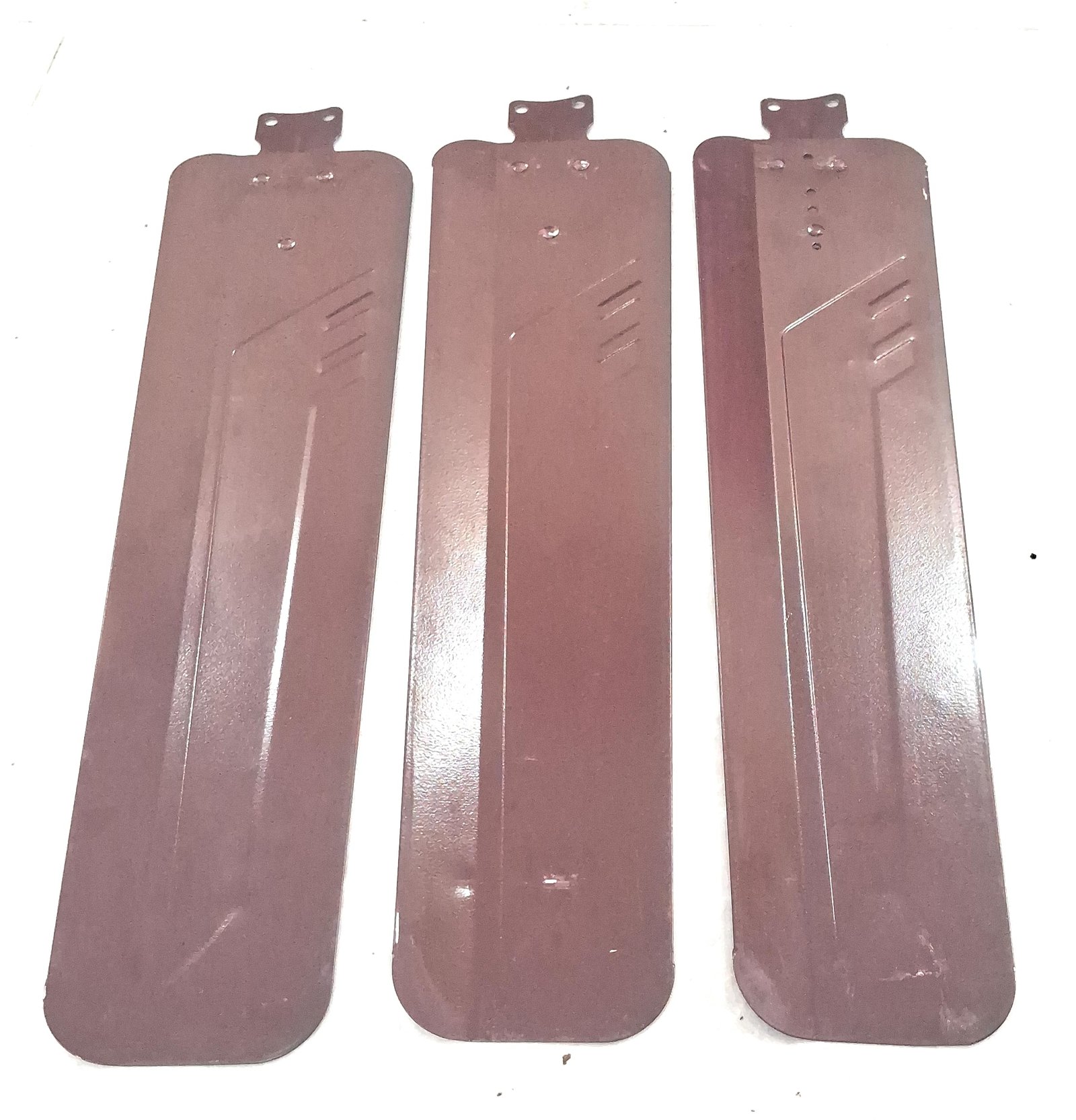
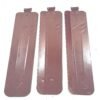
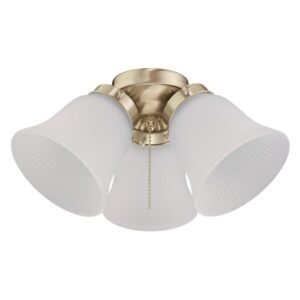
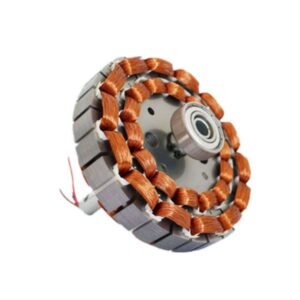
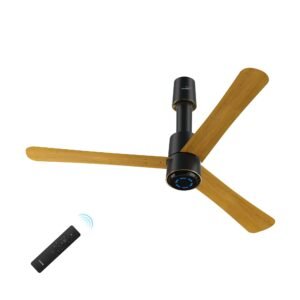
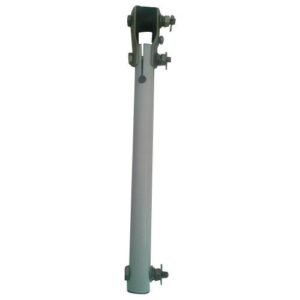
Reviews
There are no reviews yet.